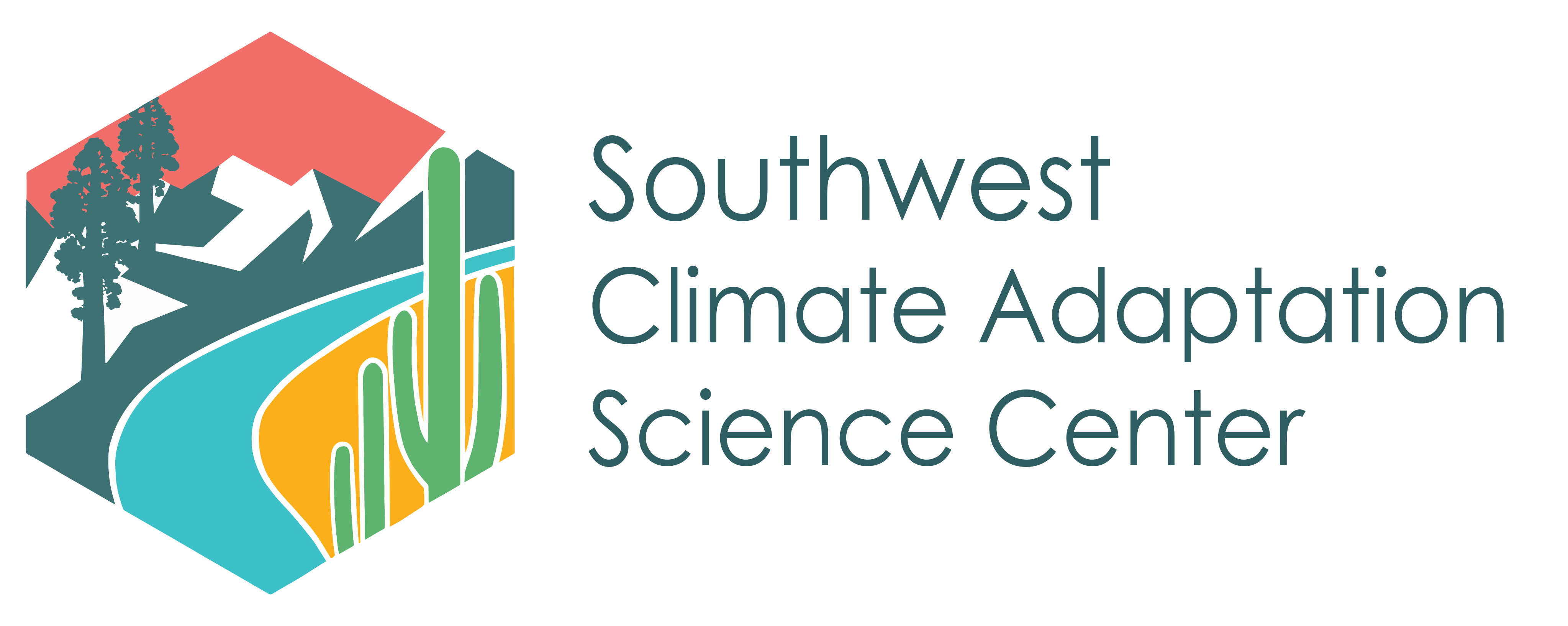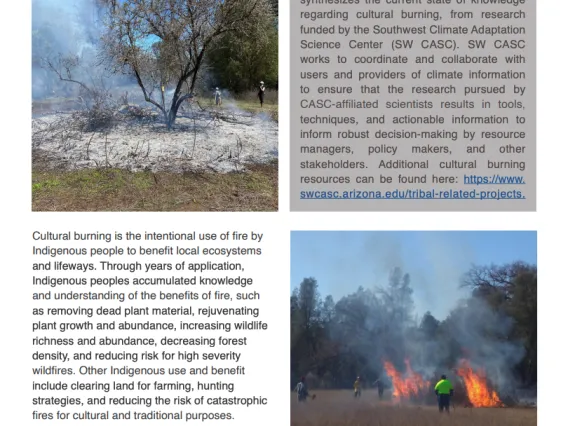traditional burning
SW CASC Traditional Burning Activities
Traditional burning, also known as cultural burning, is a form of under burning that has been used by Indigenous peoples for thousands of years to increase water runoff into streams, create habitats for plants and animals, recycle nutrients, and promote other ecosystem benefits. The approach emphasizes people’s connection to the land and respect for fire as a life-sustaining process. The SW CASC has been working with partners including Ron Goode (North Fork Mono Tribe) in California, to plan and participate in traditional burning workshops, and to learn more about this traditional technique.
February 2020 Workshop
In February 2020, SW CASC PI, Beth Rose Middleton (UC-Davis) and Ron Goode of the North Fork Mono Tribe and his family hosted a Resource Restoration Traditional Burn in Mariposa, CA. The goal of the workshop was to introduce participants to the principles of traditional burning, which involve the targeted use of fire as a tool for ecosystem conservation and restoration. Over 100 people attended, including students from multiple universities, community members from several tribes, representatives of conservation organizations (TNC, Foothills Conservancy), local community members, state (e.g., CALFIRE, Associate State Archeologist, and the UC Fresno Cooperative Extension) and federal (USFS) agencies. Students in the “Keepers of the Flame” course at UC Davis also participated in the workshop, creating a transformative experiential learning for students. (The video below is unrelated to this workshop)
Additional Resources
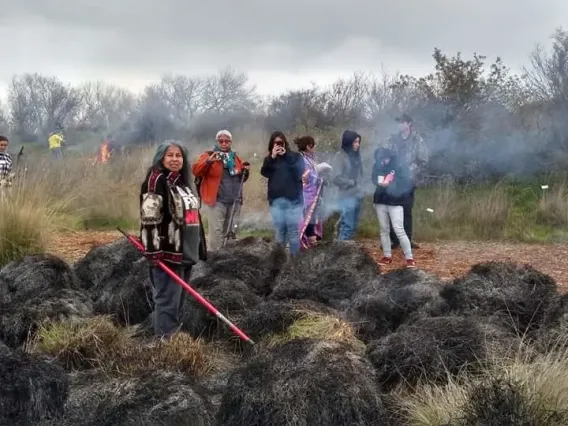
Fire is a necessary part of California ecosystems; we should follow Indigenous cultural fire practices for healthier, abundant forests and to reverse more than a century of damage.
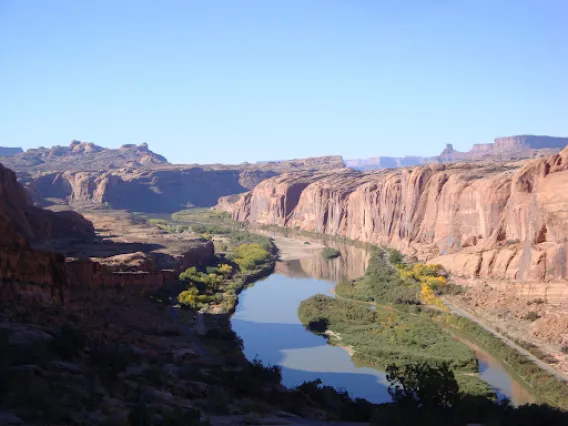
For more than a century, California's Native American tribes were largely banned from doing traditional burning of the landscape. Now, they're restoring that practice to help prevent fires.
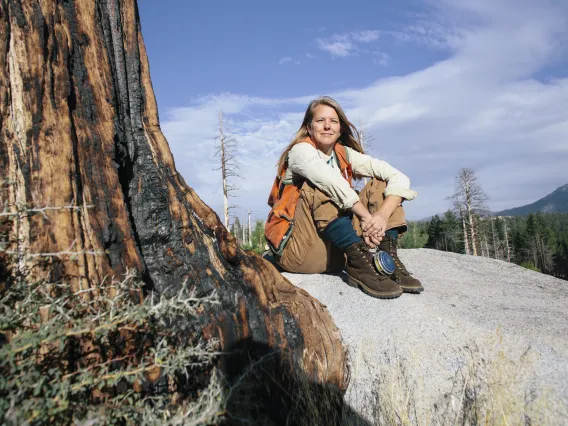
Climate disruption has arrived, bringing challenges that once seemed unimaginable: wildfires so large and hot that they create their own weather, record-breaking heat waves and a vanishing Sierra snowpack.

